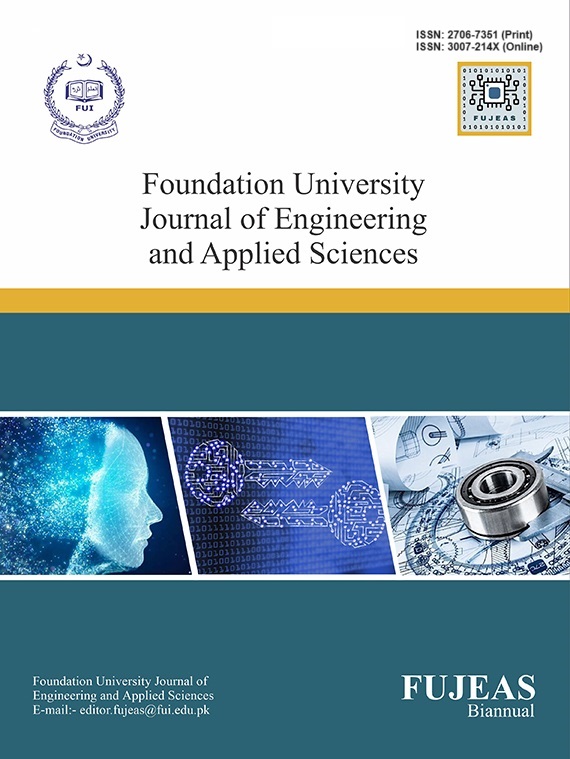MEREC-WISP(S) Integration Extended with Fermatean Fuzzy Set for Requirement Prioritization
DOI:
https://doi.org/10.33897/fujeas.v4i1.868Keywords:
MEREC, WISP(S), MCDM, Fuzzy Sets, Fermatean Fuzzy Sets, TOPSISAbstract
Software projects need efficient requirement prioritization. Time, budget, and quality often limit these projects. MCDM techniques help balance conflicting criteria. However, they struggle to rank options due to multiple parties. Current MCDM methods have drawbacks, like poor uncertainty management. This thesis presents a new technique, WISP-S, for requirement prioritization in software development. The dynamic WISP(S) approach and the MEREC method are merged. Fermatean fuzzy numbers manage qualitative data and uncertainty. This technique surpasses the restrictions of current MCDM methods. It offers an effective way to rank software requirements within limits. The research consists of two separate stages. The first phase introduces an enhanced MEREC technique. It’s designed to compute the objective weights of each criteria within Fermatean Fuzzy Sets (FFS). By leveraging FFS features, this expansion improves the current MEREC technique. It allows a more thorough examination of criteria weights. The second phase integrates the WISP(S) method with the suggested generalized weighted Fermatean fuzzy aggregated operator and MEREC technology. This integration allows ranking and evaluating alternatives in a prioritization context. The study offers a robust strategy to prioritize alternatives. It considers both qualitative and uncertain data by integrating two novel methods. The approach’s validity and robustness are confirmed through comparisons with existing models and sensitivity analysis. A real-world case study demonstrates the proposed approach. The WISP-S approach is a novel technique for integrated Fermatean fuzzy information-based decision-making. It can handle complex decision-making problems in software development. This approach could improve the success of software projects. It addresses the shortcomings of existing MCDM methods.



 Open Access
Open Access
















